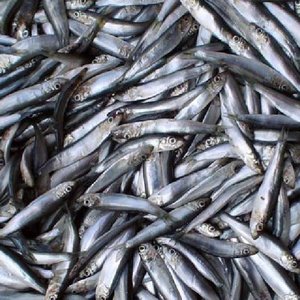US corn production is up, while soybean production is down from 2022, according to the Crop Production report by USDA’s National Agricultural Statistics Service (NASS).
Corn production is up 10% from last year, forecast at 15.1 billion bushels. The average U.S. corn yield is forecast at 173.8 bushels per acre, down 1.3 bushels from last month’s forecast but up 0.5 bushel from last year.
US soybean growers are expected to decrease their production by 3% from 2022, forecast at 4.15 billion bushels. The area for soybean harvest is forecast at 82.8 million acres, up slightly from last month but 4% less than was harvested last year. Soybean yields are expected to average 50.1 bushels per acre, down 0.8 bushel from last month’s forecast but up 0.6 bushel from 2022.
Increased oilseeds in Europe
Total major EU oilseeds (rapeseed, sunflower, soybeans) production in marketing year (MY) 2023/24 is forecast to increase by about 6%, reported USDA’s Foreign Agricultural Service. This increase in production is the result of a 2% area increase and increased average yields. An almost 4% increased rapeseed area and somewhat increased sunflower area more than offset an almost 2% decline in soybean area. Average yields of soybeans and sunflowers are expected to be at a more normal level compared to the low heat and drought-affected yields of the previous MY. Year-on-year, soybean production is forecast to be over 16% higher, sunflower production 12% higher, and rapeseed production almost 2% higher.
The crush of soybeans and sunflowers is forecast to grow. Crush margins are favorable and there is increasing demand for vegetable oils in the food industry sector. In particular, food consumption of soybean oil and to some extent sunflower oil – partially substituting palm oil - is projected to increase significantly. Total feed use of meals is forecast to be flat in MY 2023/24. A recovering poultry sector is projected to use slightly more soybean meal which will make up for a decline in rapeseed and sunflower meal driven by a declining livestock sector.
China keeps increased soybean imports
The 2023/24 global wheat outlook lowers supplies, consumption, exports, and ending stocks compared with last month, according to the World Agricultural Supply and Demand Estimates (WASDE) report. Supplies are projected to decline 7.2 million tons to 1,054.5 million, primarily on lower production for Australia, Canada, Argentina, and the EU, which is only partly offset by an increase for Ukraine. If realized, this would be the first year-to-year decline in global wheat production since 2018/19.
Global 2023/24 soybean crush is reduced by 1.8 million tons to 327.7 million on lower crush for Argentina, Pakistan, the EU, Thailand, and the United States. Argentina’s crush is reduced by 1.8 million tons to 34.5 million on lower expected supplies over the next several months prior to next year’s harvest. China’s crush has risen by 1.0 million tons to 96.0 million in line with higher crush and domestic soybean meal demand in the prior marketing year.
Global soybean exports are reduced by 0.4 million tons to 168.4 million as lower U.S. exports are partly offset by higher shipments from Brazil and Ukraine. Imports are reduced for Pakistan, Thailand, the EU, and Indonesia. Conversely, China’s imports for 2022/23 and 2023/24 are increased on higher crush demand and large shipments from Brazil that are expected to continue into the next marketing year. Global soybean ending stocks are reduced by 0.2 million tons to 119.2 million.










